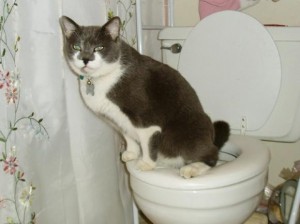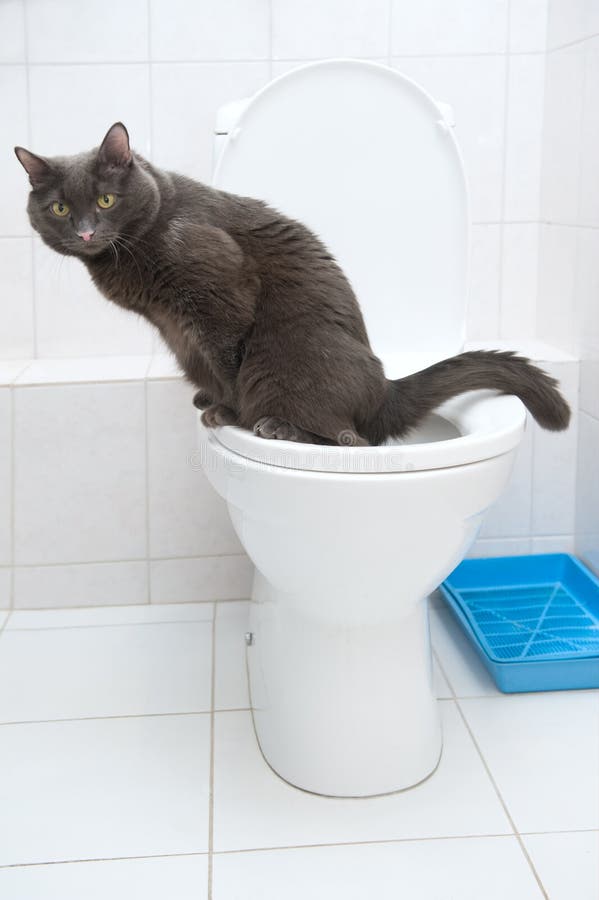Essential Reasons Why Animal Waste Has to Never Be Flushed Down the Toilet
Essential Reasons Why Animal Waste Has to Never Be Flushed Down the Toilet
Blog Article
The content further down in relation to Don't Flush Your Pets Poo Down The Loo, Vet Warns is highly attention-grabbing. Don't bypass it.

When it comes to taking care of waste, specifically animal waste, many people often turn to the hassle-free option of flushing it down the commode. Nevertheless, this seemingly very easy option can have significant effects for the atmosphere and public health. In this article, we'll explore why flushing animal waste down the commode is a negative concept and provide alternate techniques for appropriate disposal.
Introduction
Proper waste disposal is essential for maintaining ecological sustainability and public health. While it might appear harmless to purge animal waste down the bathroom, it can result in various concerns, both for the atmosphere and human wellness.
Risks of flushing pet waste
Environmental influence
Purging animal waste introduces dangerous bacteria and virus into waterways, which can adversely affect aquatic communities. These virus can pollute water sources and damage aquatic life, interfering with fragile ecological communities.
Public health problems
Pet waste consists of dangerous bacteria such as E. coli and Salmonella, which can present significant health risks to human beings. Purging animal waste down the bathroom can pollute water supplies, resulting in the spread of diseases and infections.
Alternatives to flushing
Instead of purging animal waste down the commode, there are a number of alternate disposal methods that are extra eco-friendly and hygienic.
Composting
Composting pet waste is an environmentally friendly way to get rid of it. By composting, raw material is broken down right into nutrient-rich soil, which can be utilized to feed gardens and plants.
Garbage dump disposal
Taking care of animal waste in a land fill is another option. While not as eco-friendly as composting, it is a safer option to flushing, as it stops the contamination of water resources.
Pet garbage disposal systems
There are customized family pet garbage disposal systems offered that securely and hygienically take care of pet waste. These systems usually make use of enzymes to break down waste and get rid of smells.
Steps to correct pet waste disposal
To make sure proper disposal of animal waste, comply with these actions:
Scooping and bagging waste
On a regular basis scoop and bag animal waste utilizing biodegradable bags. This stops waste from infecting the atmosphere.
Using assigned waste bins
Dispose of bagged pet waste in marked waste bins, such as garden compost containers or land fill containers. Avoid flushing it down the toilet in any way costs.
Cleaning up can and pet locations on a regular basis
Consistently clean litter boxes and pet dog locations to prevent the buildup of waste and microorganisms. Use pet-safe cleansing products to maintain hygiene.
Advantages of correct disposal methods
Adopting correct disposal methods for animal waste provides a number of advantages:
Decreased environmental pollution
Proper disposal techniques lower the risk of environmental pollution, protecting waterways and environments from contamination
Minimized risk of water contamination.
By avoiding flushing animal waste down the toilet, the risk of water contamination is dramatically lowered, protecting public health.
Enhanced hygiene and hygiene
Correct disposal techniques advertise better sanitation and health, developing a more secure atmosphere for both human beings and animals.
Verdict
To conclude, flushing pet waste down the bathroom is damaging to the atmosphere and public health. By adopting alternate disposal methods and following correct waste monitoring methods, we can lessen the adverse effect of animal waste and contribute to a cleaner, much healthier earth.
What To Do With Dog Poo – The Do's And Don'ts Of Disposing Of Faeces
Dog poo bins
Some councils provide dedicated dog waste bins in popular dog-walking areas that can take dog poo that has been bagged but you can legally dispose of dog waste in any public litter bin, as long as it is securely bagged. This also applies to your wheelie bin at home.
Do not flush
Water companies do not recommend flushing dog faeces down the toilet because certain parasites can survive the water processing treatment and are potentially harmful to humans. You should also never consider flushing dog poo that has been bagged down the toilet as the bags will not break down and instead create severe blockages in the sewage system.
In the woods
The Forestry Commission promotes a ‘stick and flick’ method for dealing with waste in the woods. This means finding a stick and using it to flick any poo from off the path so that it is out of the way of other walkers. You could also bury it as long as it is not in an area where there might be livestock.
Livestock
Parasites found in dog poo can be transmitted to livestock if they inadvertently eat infected faeces that has been left on grazing land. This could result in the death of sheep or abortion in cattle so you should always make sure you pick up your dog’s waste in fields where livestock could be present.

I have been very taken with 10 Things You Should Never Flush Down The Toilet and I hope you liked the entire entry. I beg you set aside a second to promote this blog post if you appreciated it. Thank you for taking the time to read it.
Suggested Site Report this page